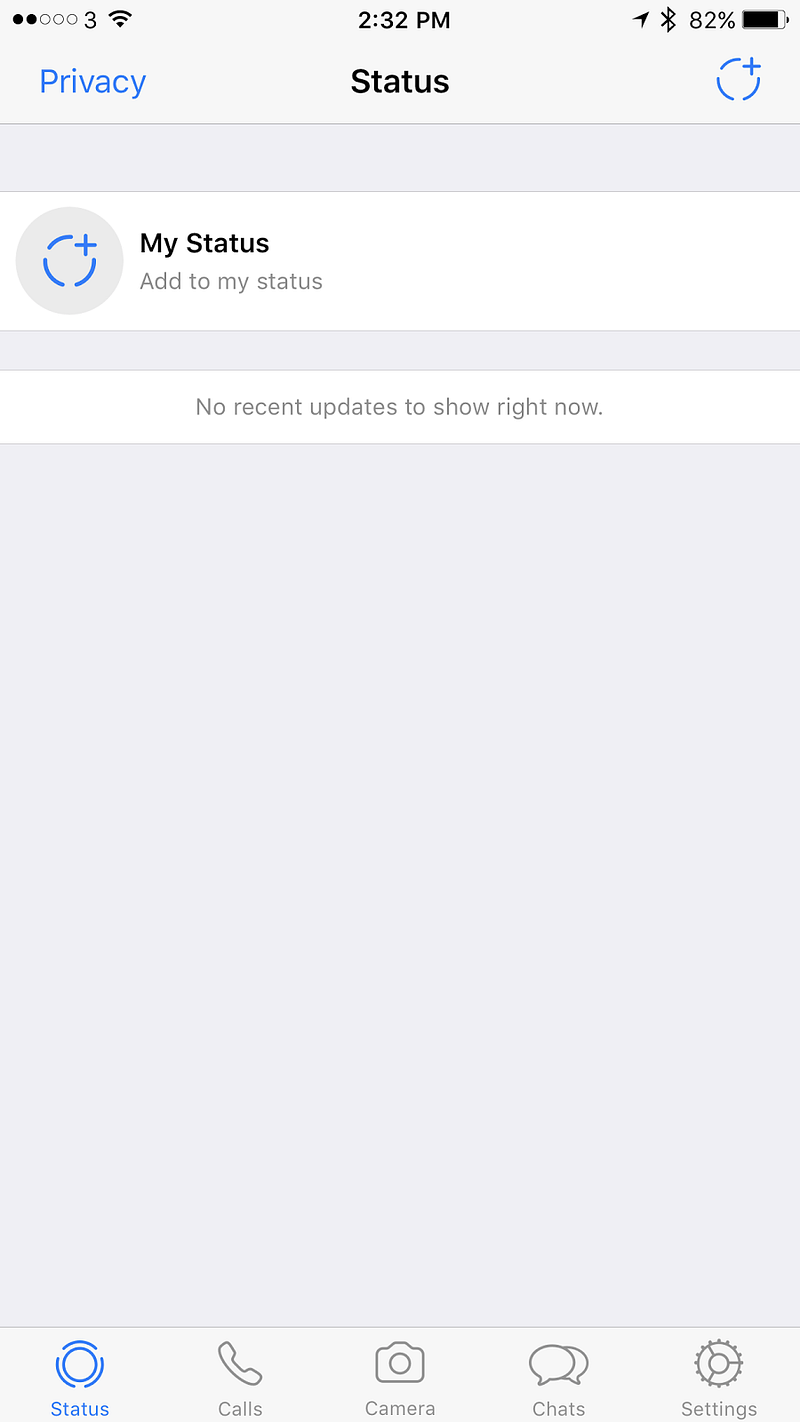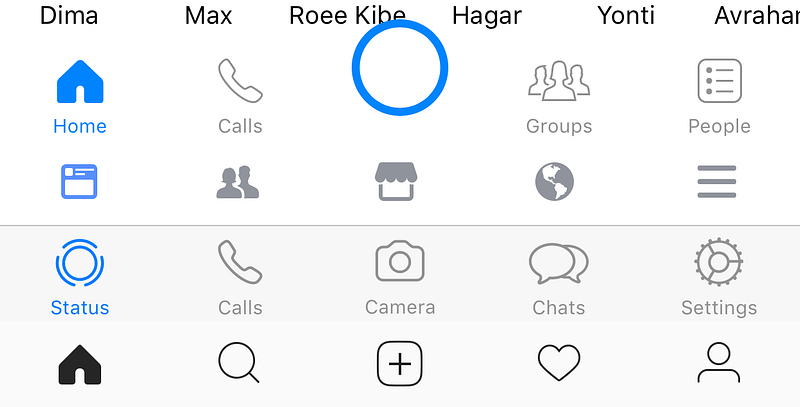The Shredder is a method I’ve developed to try to unravel strategies whether they are for companies or products. The process of understanding requires gathering information and information in the world can appear in many different formats, it’s almost like going through a company’s shredded confidential paper bin and trying to connect it.
The Shredder can help you:
Understand your own company – Let’s face it, most of the employees in most companies don’t understand the company’s strategy, and are trying to suggest things that seem to be randomly accepted by management. Using The Shredder you’d be able to understand decisions better.
Be clear about your own strategy – If you work in a startup or any fast pace situation you might not have a strategy and are developing it gradually whereas your employees are thirsty for clarity. The Shredder will help them give you feedback, and together you’d be able to identify actions and lead them towards a tactic (the series of actions you do instinctively). From there it’ll be logical to measure what worked and develop that into a strategy.
Understand other companies’ strategies and anticipate their future actions – No one works in ether, we all have competition and we all need to understand where they are at and where they are going. The Shredder would allow you to understand your competitors’s strategy better and identify what worked for them and why.
The Shredder helps people identify the pieces and figure out how to connect them. This isn’t an exact science and you’ll create informed theories, but as time progresses you will be able to improve your accuracy of predictions, and in any way, this is a great way to get a team up to date with a situation in a company or another and align between people.
The Why
The Shredder session is a strategic analysis framework I created a long time ago and in this constellation, it was catered to help our newly born product function at iwoca to learn how to think strategically by analyzing competitors. Analyzing other companies is essential for self-improvement and is a muscle that when used right can yield massive improvements in how we approach product development.
In preparation for a Shredder session, you select a company or a product to focus on. The participants will get specific homework in preparation for the session. The homework will include researching the company and documenting it in a very specific way that will later on feed into the overall framework. This is plainly healthy meeting culture, set agenda and come prepared. The company that we choose isn’t necessarily competition, but rather a company we can learn from. At times we will focus on public companies which allows us to get more pieces of information together. In the end it’s about the construct of the people in the room and the area we want to explore. The parameters I consider when preparing for a session is how macro is the thing we are shredding in relation to the time we have.
No matter what role you do in the product team it’s always good to escape from the day-to-day product activities to look at other products, different user needs, doubting things and asking the five whys – to get to the source of actions, and ways of operating. A strategy is an organization’s set of choices of what to do and what not to do. Exploring these leads to tradeoffs that we want to find and take advantage of.
Framework
The metaphor I want to use for The Shredder session is of a tree (sapling). Even though what we find at the end are shredded pieces of information they all come from the tree. During the session, we are trying to understand and map the company as a life form. Essentially we are doing reverse engineering, therefore we can’t start naturally from the trunk. In fact, we will start with everything but the truck in order to find out how it looks and what flows inside.
The company’s world / parts
Reproduction [visible]
Fruits – These are the product that the company launched. They can be either fertile or premature. Inside the fruits, there are seeds that breed more trees. This is what companies sell.
Flowers – pre fruit are pollination mechanisms and can be investors, customers, API endpoints, partners. This is how companies have sex with others.
Collection [visible]
Leaves – Every successful meeting or relationship creates leaves. This is how people photosynthesise from one another on the way to the products that are built.
Branches – These are the paths that teams take to breed products. Not all paths lead to successful products, some just to leaves or nothing. Sometimes companies need to cut branches to focus on core products.
Base [invisible]
Trunk and what’s inside – This is the strategy and how teams function internally. It’s all hidden inside a thick layer of protection and even if you cut through it it’s hard to understand exactly how things really work inside. The only way to do that is to penetrate which is illegal.
Roots – These are the founders, the c-suite, the team and how they are orchestrated to feed into the strategy and the company goals.
Effectors [visible]
These are a sum of external things that affect the growth of the tree.
Eaters – The tree can feed a lot of things, but this refers to customers across their types.
Fertilizers – investors, partners.
Parasites/Insects – These are life-sucking creatures that feed on the company but don’t contribute to its growth.
Soil – This is where the company seats in terms of industry, addressable market etc.
Weather – These are a set of conditions that allows the company to grow, from regulation (air), to how other companies operate (water), hype (sun).
Notice I labeled what is visible and what isn’t. Everything that is visible is out for grabs and can be researched and utilized in our path towards understanding a company’s strategy.
The process
In order to shred a company, we first gather information through different lenses, by different disciplines of people. This happens in the homework phase, but even more when we lay it all out in the open and people look at it through different lenses. When we conduct sessions, we’ll bring product managers, analysts, designers, developers, etc. This allows us to break down a company or a product into the smallest bits. It’s similar to mimicking their org inside our room. Breaking their organization down to these pieces allows us to estimate where they invest and where they need to improve.
Information top & bottom
This is where we look at anything we can find out in the world. It’s also plausible to call and ask the company different things if these types of methods are up in hand. In this section we will use tools to analyse org charts, to see investments and growth of team etc.
Theorising distribution / Make connections
Based on the fruits and roots, we can theorise how the branches look like and what connects to what. We essentially categorise and are searching for where we see coherent streams of investment. We cross-match what we gathered in order to produce a set of assumptions and look for validation.
Think of it as a detective trying to figure out a crime. A detective would construct a picture and look for proof to support their theory. However, unlike a detective we’re working as a group which allows us to look at a situation from different angles. What we end up with is a lot of information and some possible theories. Even though we conduct the session once in a sprint or in parts, it is still valuable to update and look at a company again once in a while, especially if we see that something interesting and new is happening there. Then, we can follow and keep building up in the future while we keep collecting and validating.
Match to known flows and identifying dependencies
After scoping and breaking down an organization top to bottom, it’s always good to switch lens and look at it horizontally across services, customer needs, pain points, and flows. Changing this lens allows us to see gaps in a different way, map value chains and see where there are dependencies internally and externally. Looking at these stream allows us to see where the branches connect to the trunk and can help us see where they don’t connect and how that tension affects the tree.
Finding impermants and leakages
There will always be things we cannot connect, or explain. It is important to highlight them and single them out as anomalies. This section can teach us a lot about motivations inside the company and things that don’t work well or are perhaps about to change. These are essentially seeds or branches with weird growth trajectories.
Strategy
This is where we try to figure out what decisions were made and why. Moreover, this is where we try to understand what they can and can’t do based on their strategy. There are reasons why branches grow the way they grow. They are related to different external conditions but mostly to how resources are distributed from the roots.
Where do they go next?
Looking at their strategy, what’s out there and where the market is (which is a different story) we can start scoping where we think they can go to next. This helps us inform our own strategy and update it based on movements in the market.
Summary
Companies are live organizations that need steering and have a planned growth trajectory. The parameters that affect the growth are derived from leadership, strategy and how the market reacts to them. In order to analyze and inform our own strategy we shred other companies in a session, looking through different lenses to see as much of the picture as possible. The end result of the shredder is a map of a company in the form of a tree. We start with a question mark in the middle and end with a few assumptions to validate. Even though we will never know exactly what happens in other companies, we use time to tell us if we were right and we act based on facts and information we gathered.
This article is a part of a series of articles about Shredder which will dive down into the details of each session and tell you how to do it in your company.































